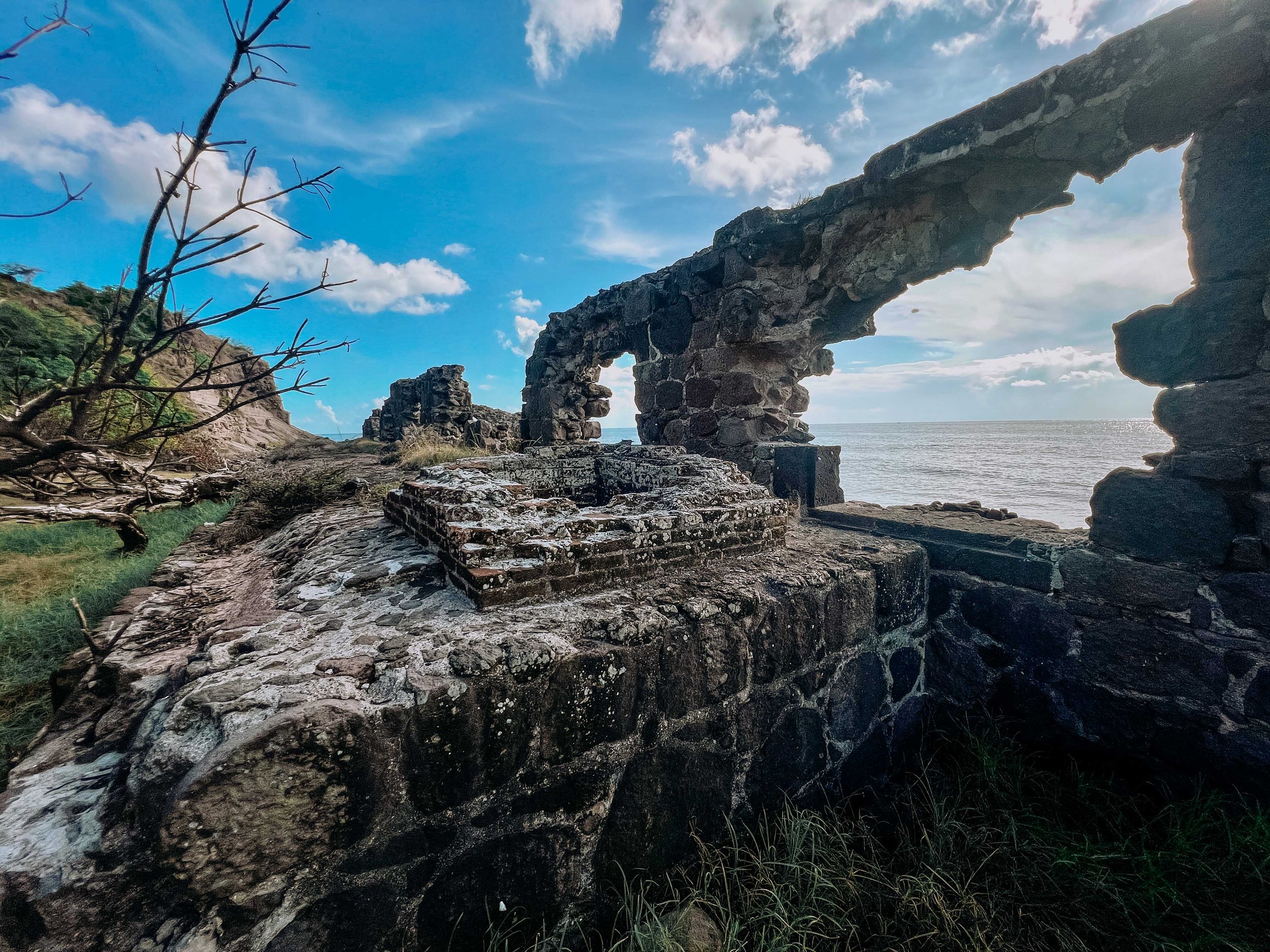
Welcome to the Podcast

Amazonia of the Caribbean 1900-1950
What happens when women carry an island’s past, present, and future? In this episode, we step into 1900–1950, when Stacia became a matrifocal society. Through migration, war, and silence, women raised generations and redefined leadership—not in politics, but in presence, care, and resilience.

Freedom in July 1850-1900
Freedom came draped in white and red. In 1863, St. Eustatius marked the end of slavery not with silence but with songs, flowers, and resistance led by women. But was emancipation truly liberation? This episode dives into memory, movement, and what freedom meant—when justice never arrived.

Spring Break Announcement
As the Spring Equinox marks renewal and reflection, Whispers of the Past takes a short break before unveiling the final episodes of this season. Join us in honoring the women who shaped St. Eustatius’ history—through resilience, rebellion, and remembrance. Now’s the perfect time to catch up on any episodes you’ve missed!

Revolts and the Promise of Sovereignty 1800-1850
Women have always been part of revolutions—strategists, messengers, fighters. In Revolts and the Promise of Sovereignty, we uncover their unseen roles in Caribbean resistance from 1800 to 1850. How did enslaved women shape rebellions, defy oppression, and navigate survival? Their defiance left a legacy—one we’re still uncovering today.

Golden Rock Dreams & Nightmares 1750-1800 Part 2
Discover the hidden contradictions of St. Eustatius’s "Golden Rock" era (1750–1800), where global prosperity and revolutionary ideals coexisted with exploitation and enslavement. In Part 2 of Golden Rock Dreams and Nightmares, we explore how elite women and the silenced voices of the enslaved challenge conventional colonial narratives.

Golden Rock Dreams and Nightmares 1750-1800 Part 1
Travel back to a time when St. Eustatius shimmered as “The Golden Rock,” fueled by enslavement. Women’s voices were hushed while empires clashed. The island’s defining moments included a bold salute to a new nation, whispers of a lost Declaration copy, and a brutal hurricane that laid bare its fragile success.

Shadows of Suffering in Buccaneers Paradise
Enter the paradoxical era of 1700–1750, when St. Eustatius thrived as a bustling trade hub at the cost of enslaved lives. In this turbulent backdrop, both free and enslaved women defied oppression and uncovered how the enigmatic blue bead transcended its role as mere currency, transforming into a powerful emblem of resilience and survival.

The Curse and Magic of the Blue Bead
Uncover the secrets of St. Eustatius’ blue beads—symbols of resilience and memory—bridging African traditions with Caribbean survival stories.

Holiday Break Announcement
As Whispers of the Past takes a holiday break, we reflect on the inspiring journeys we've shared. From indigenous matrilineal societies to the resilience of enslaved women, we’ve celebrated the strength and wisdom of women throughout history. Catch up on the stories that honor voices once silenced.

Finders Keepers
We step into the harrowing truths of the transatlantic enslaved trade, exploring the dual role of women—enduring systemic brutality while acknowledging their resilience and silent uprisings. We also witness the mysterious rise of Sint Eustatius’ blue bead, which, born as a tool of commerce, became a haunting symbol of exploitation as well as a beacon of hope amidst oppression.

Aloi Island - Land of the Cashew
Travel back to the pre-colonial era of St. Eustatius, once known as Aloi Island, the 'Land of the Cashew.' We discover a vibrant, matriarchal society where powerful women guided their communities, held respected roles as keepers of the land, and established a unique social structure. We learn how women were honored and were vital pillars of their culture.

Historical Gem - Treasures of the Past
"Women’s history in the Caribbean...forces you outside of that very narrow Eurocentric box." – Dr. Zara Anishanslin.
Our journey reframes history through voices long in the shadows, revealing how St. Eustatius' unique identity was shaped by its volcanic landscape, strategic location, and the often-overlooked contributions of women. Join us as we uncover the island’s rich tapestry of cultural resilience and complex colonial legacy.
